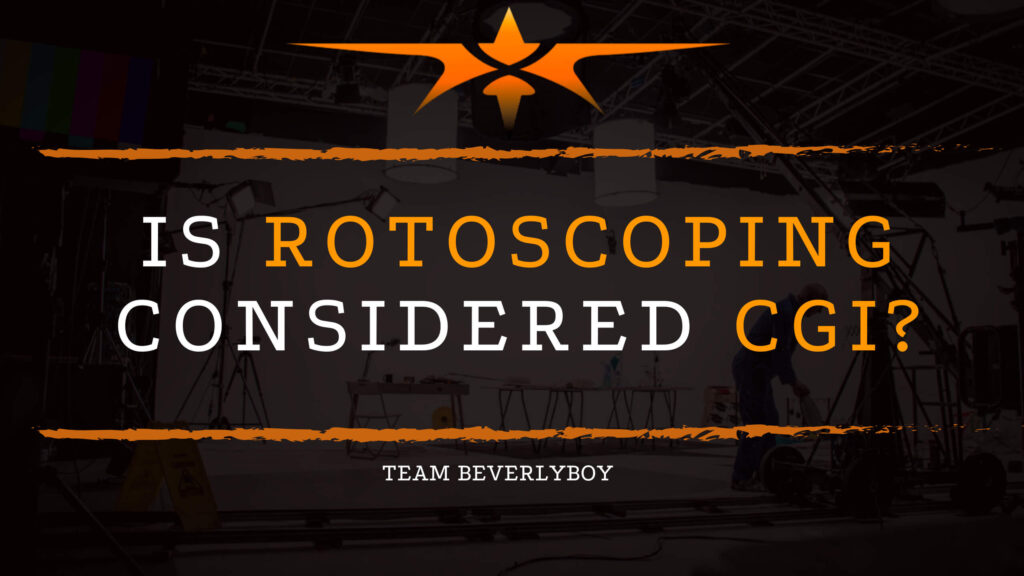Is Rotoscoping Considered CGI?
Rotoscoping is a commonly used animation technique. That has been a part of cinema production and filmmaking for many years. The process involves techniques that require tracing over a standard motion picture. Frame by frame. In order to produce actions that appear realistic when animated. The use of rotoscoping for visual effects in animation has been around for many years. And has changed dramatically with the evolution of technology used to produce animated films. But, is rotoscoping considered CGI?

What is Rotoscoping?
Rotoscoping is an animation technique which involves the live action tracing of movements that are then recreated to produce animations that appear equally realistic.
In traditional rotoscoping, the animator would trace over the movement of a live action film, frame-by-frame, in order to achieve the desired outline of the movements. These outlines would then be used to produce the visual effect of movement for an animated film.
Rotoscoping has evolved quite a bit with the evolution of technology used to animate. While filmmakers are still very much able to trace frame by frame, new technology has allowed the tracing of motion images to be achieved.
Things are done much more quickly with the help of computer technology including onion-skinning software and motion-tracking. But, does this mean that rotoscoping is considered CGI?
What is CGI?
CGI standards for computer generated imagery. CGI represents the use of computer graphics in order to animate or augment images for art, media or film.
Basically, computer generated imagery means that a computer is somehow used in the process of producing the image, whether in the rendering of film, or in the simulation of movement, or to create 2D and 3D animations. There are many different forms of CGI.
Through CGI, animations, objects, and various renderings for film have evolved to produce some of the most amazing and complex outcomes in animated films and features that we all love.
CGI can be used in various forms in order to achieve the desired outcomes. Most of the time, CGI represents the go-to means of creating visual effects and is commonly used in rotoscoping.
Is Rotoscoping Considered CGI?
Sometimes. The use of tracking represents a means of rotoscoping that is considered CGI. Likewise, the use of various software to map objects from 2D to 3D models is another form of rotoscoping that involves CGI.
Whenever rotoscoping involves the use of a computer to process the images that are then used to reproduce the animated movements the combination of frame by frame tracking or other image generation such as conversion of 2D to 3D modeling represents both rotoscoping and CGI, thus is considered CGI.


